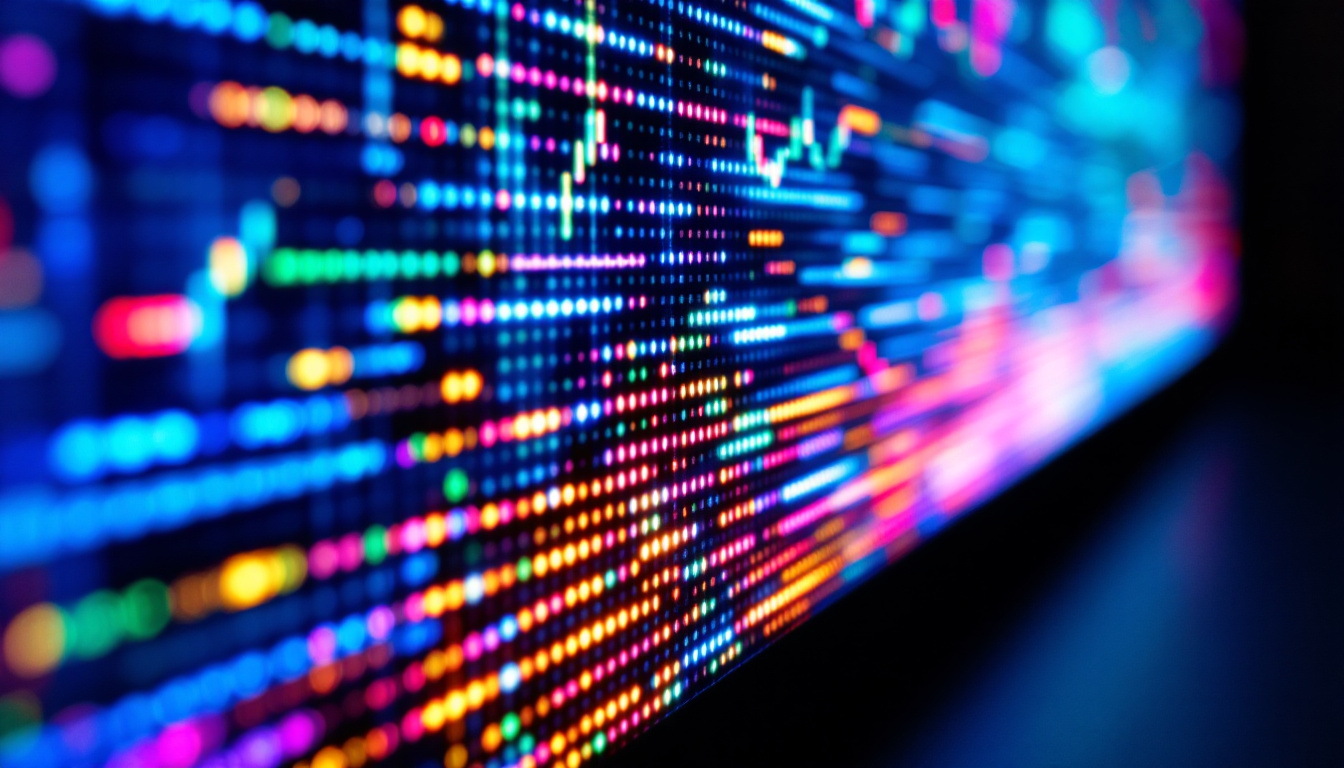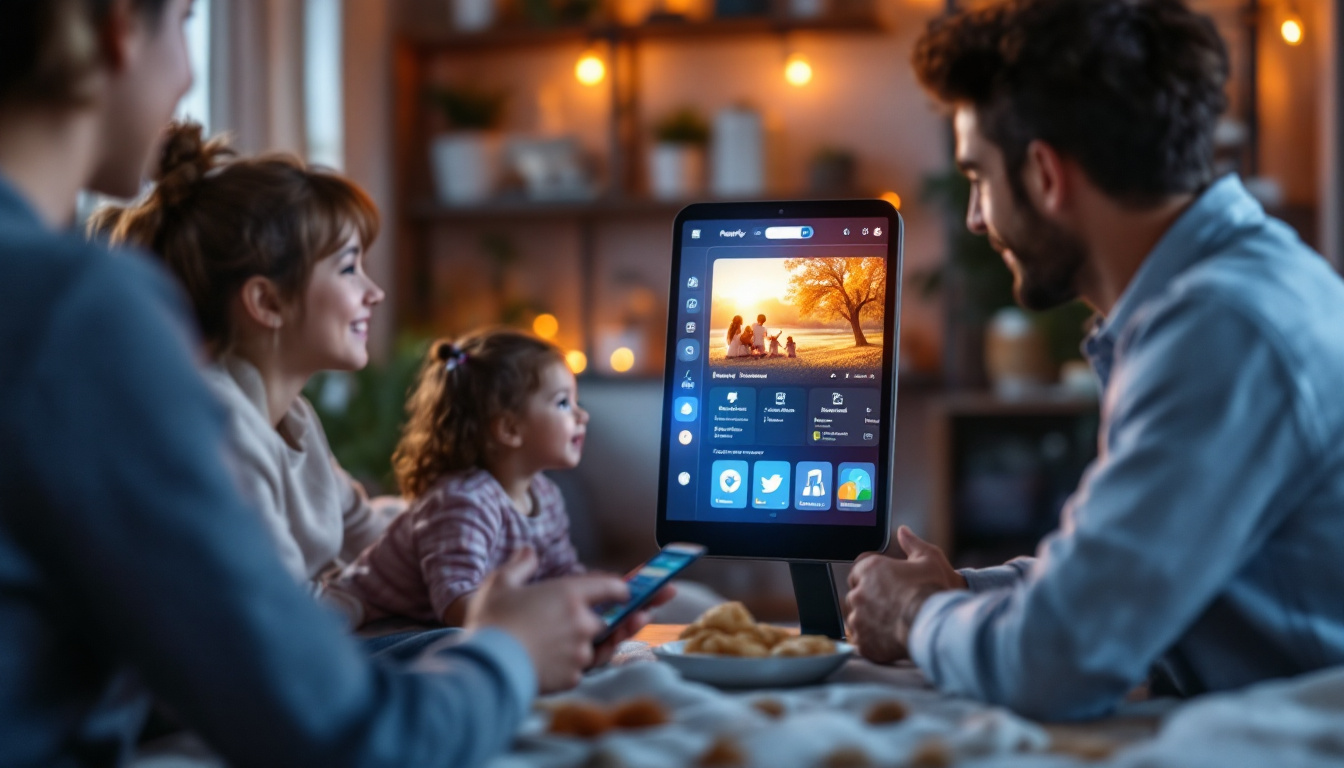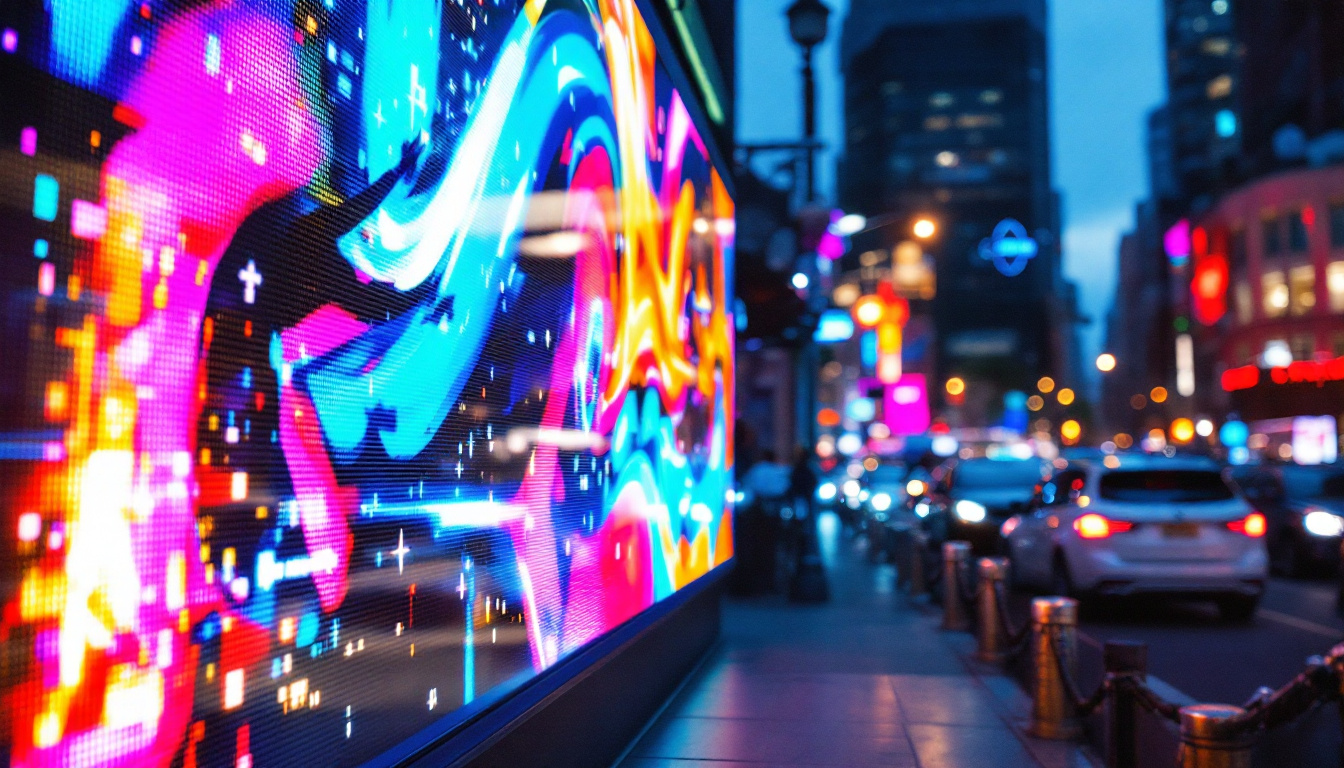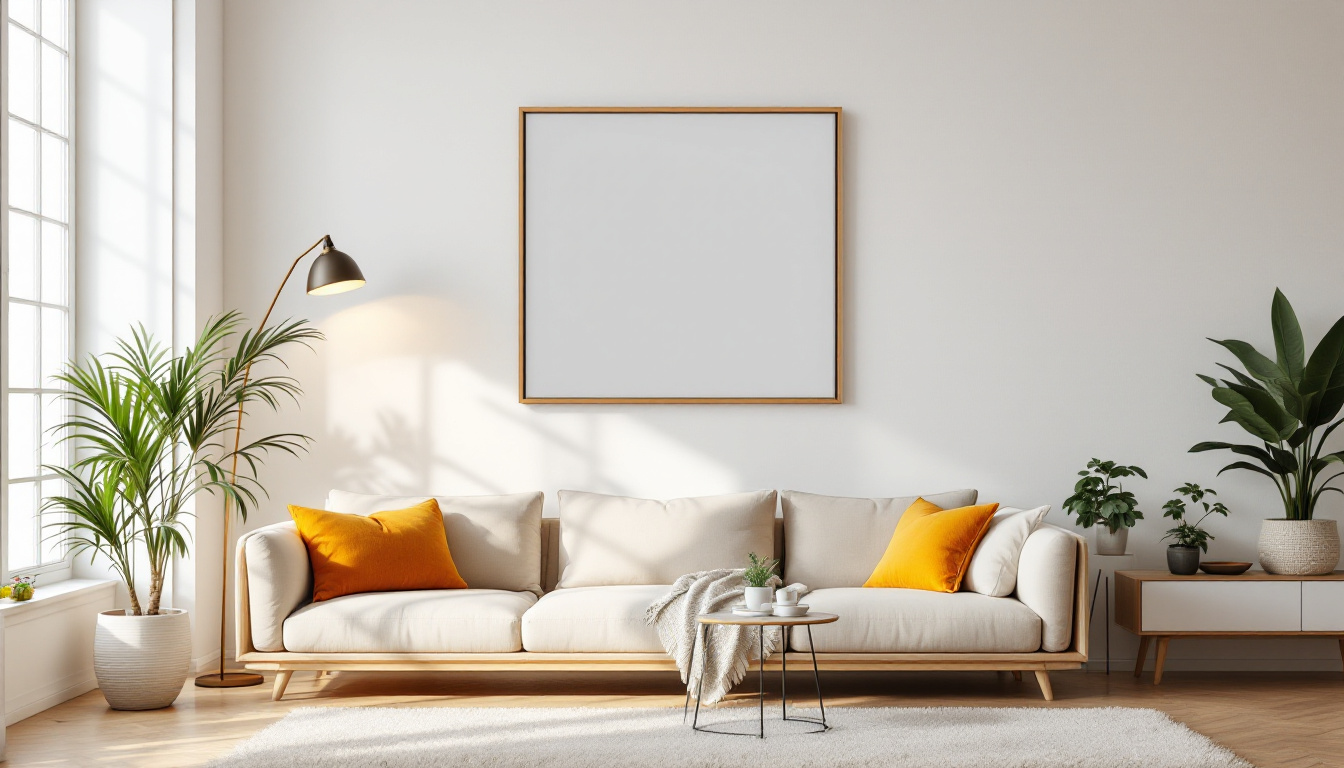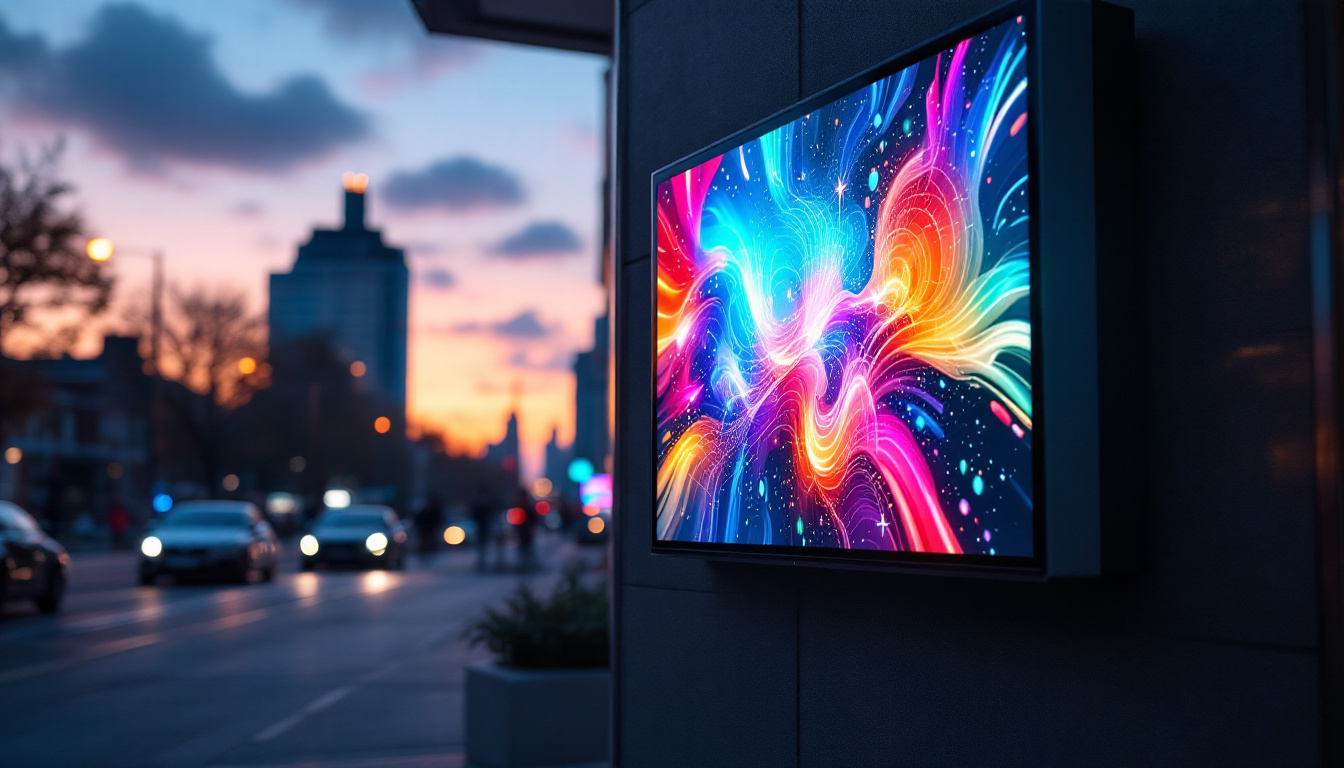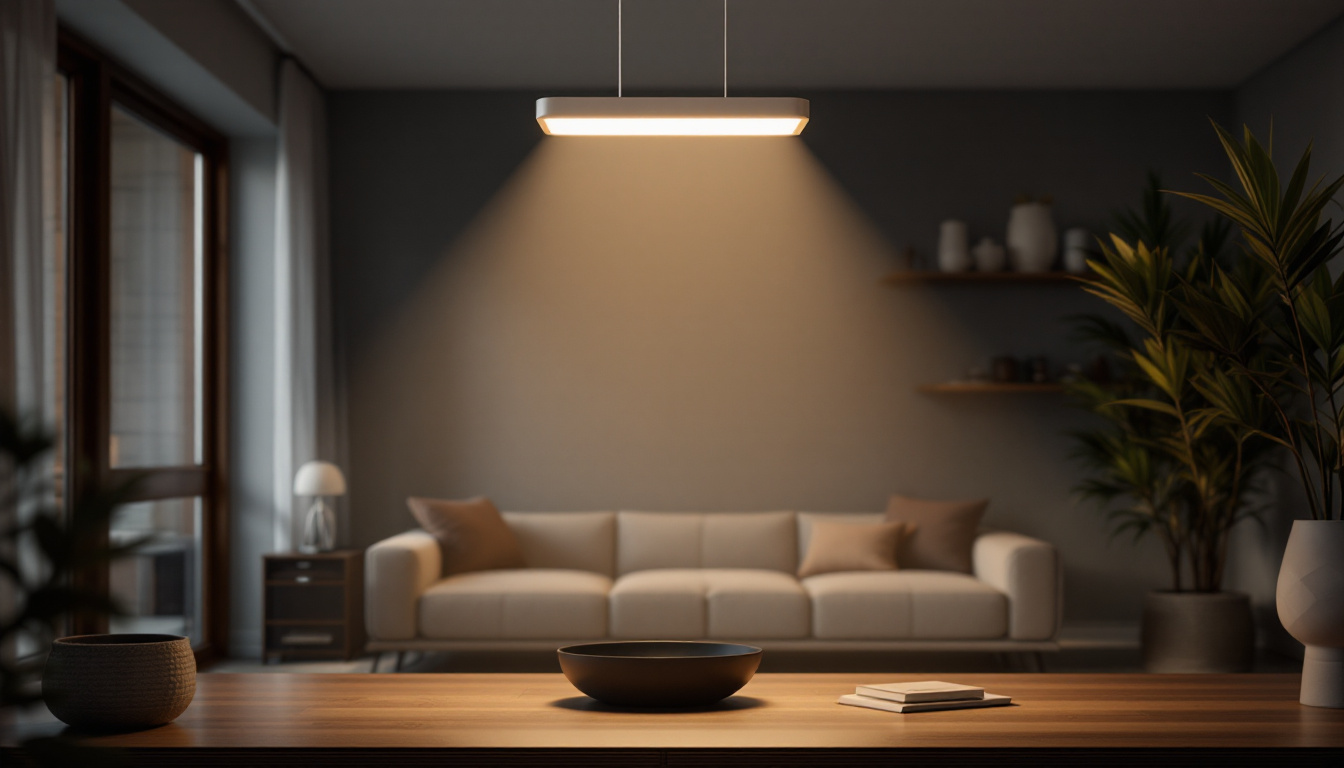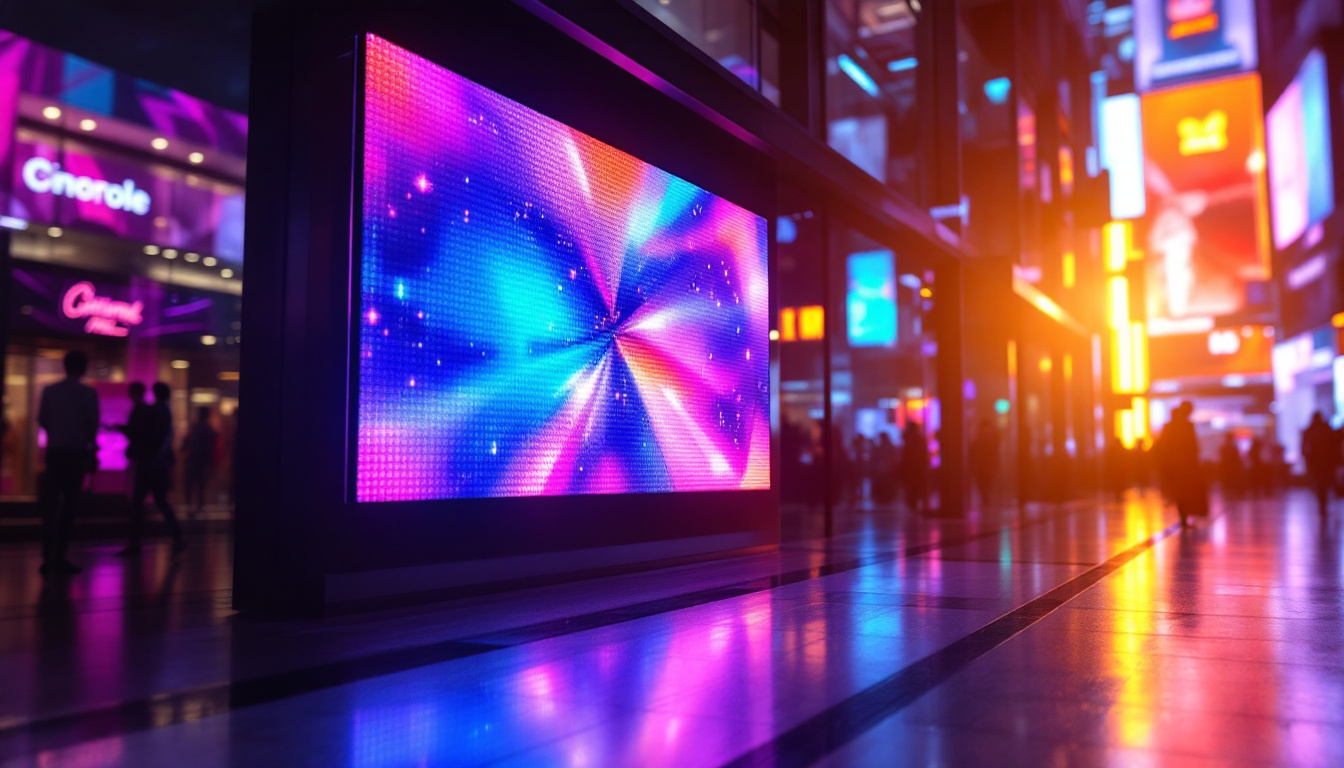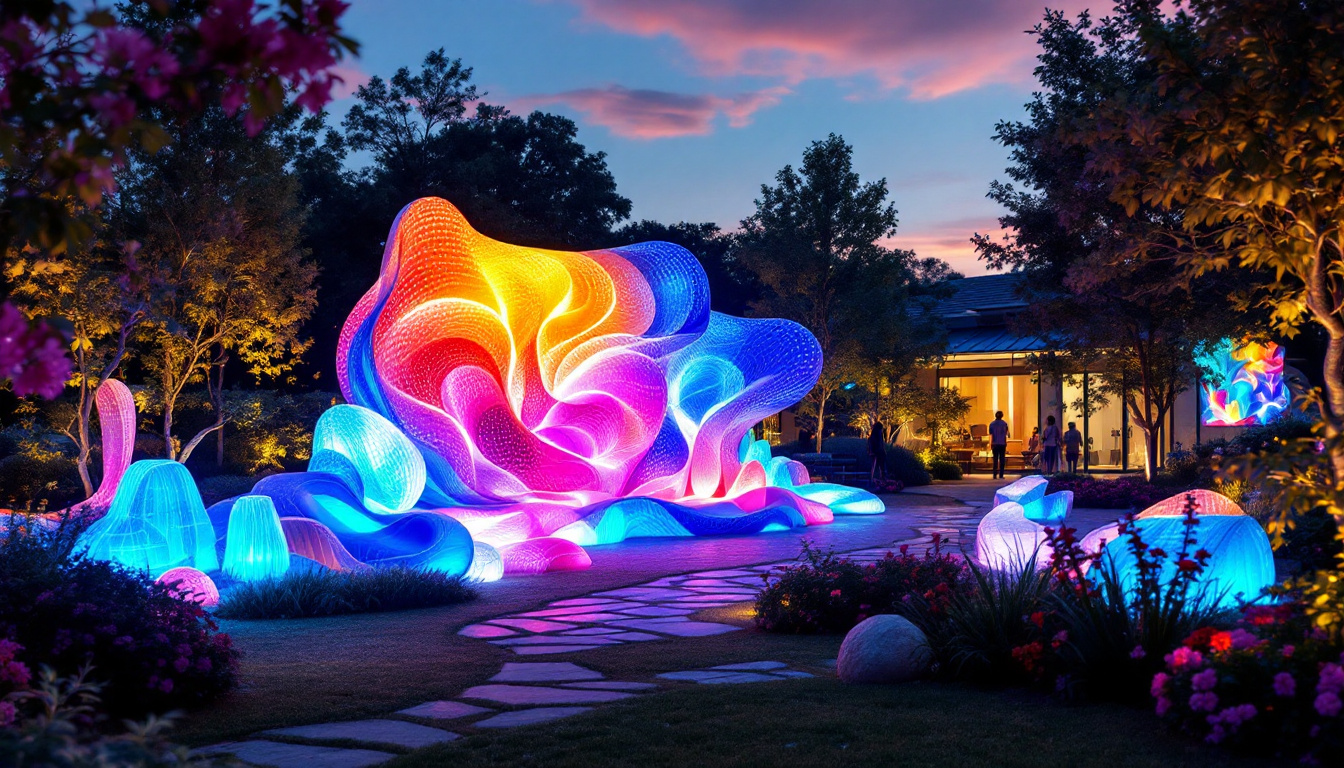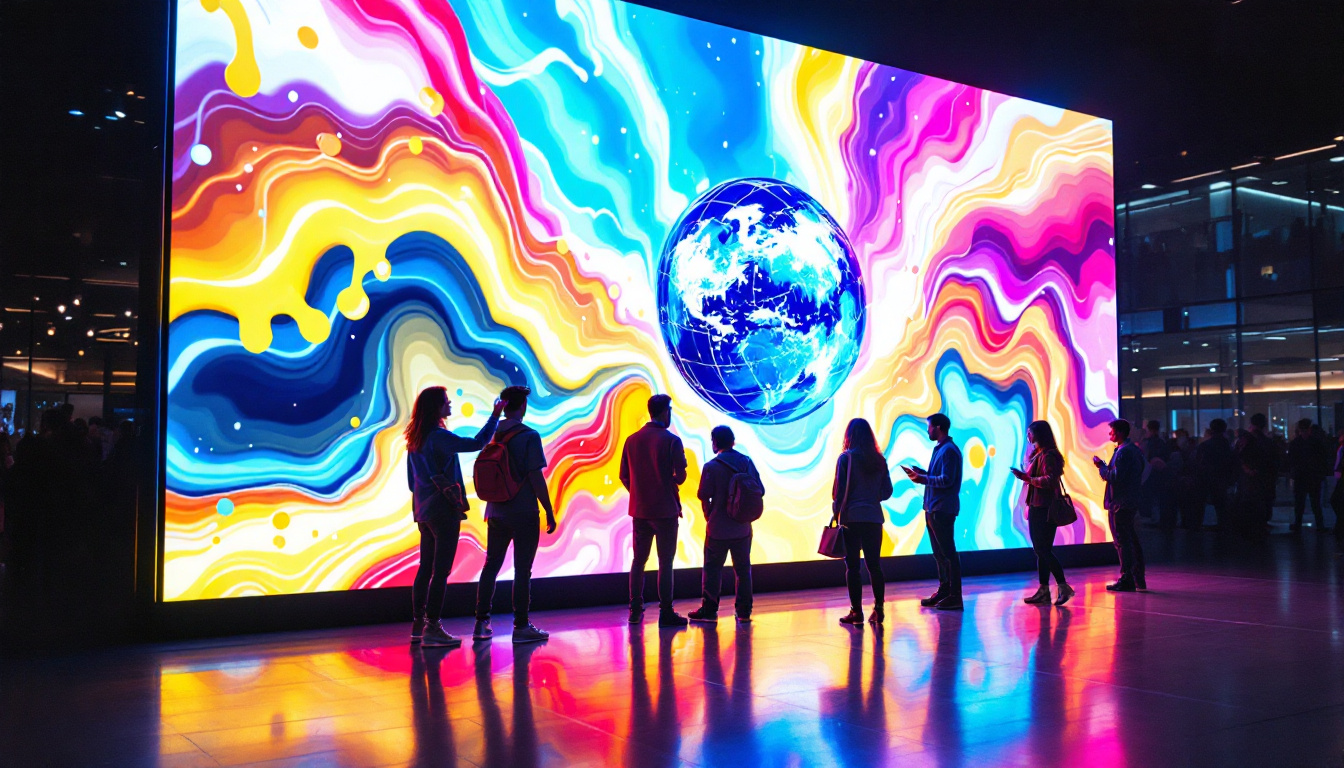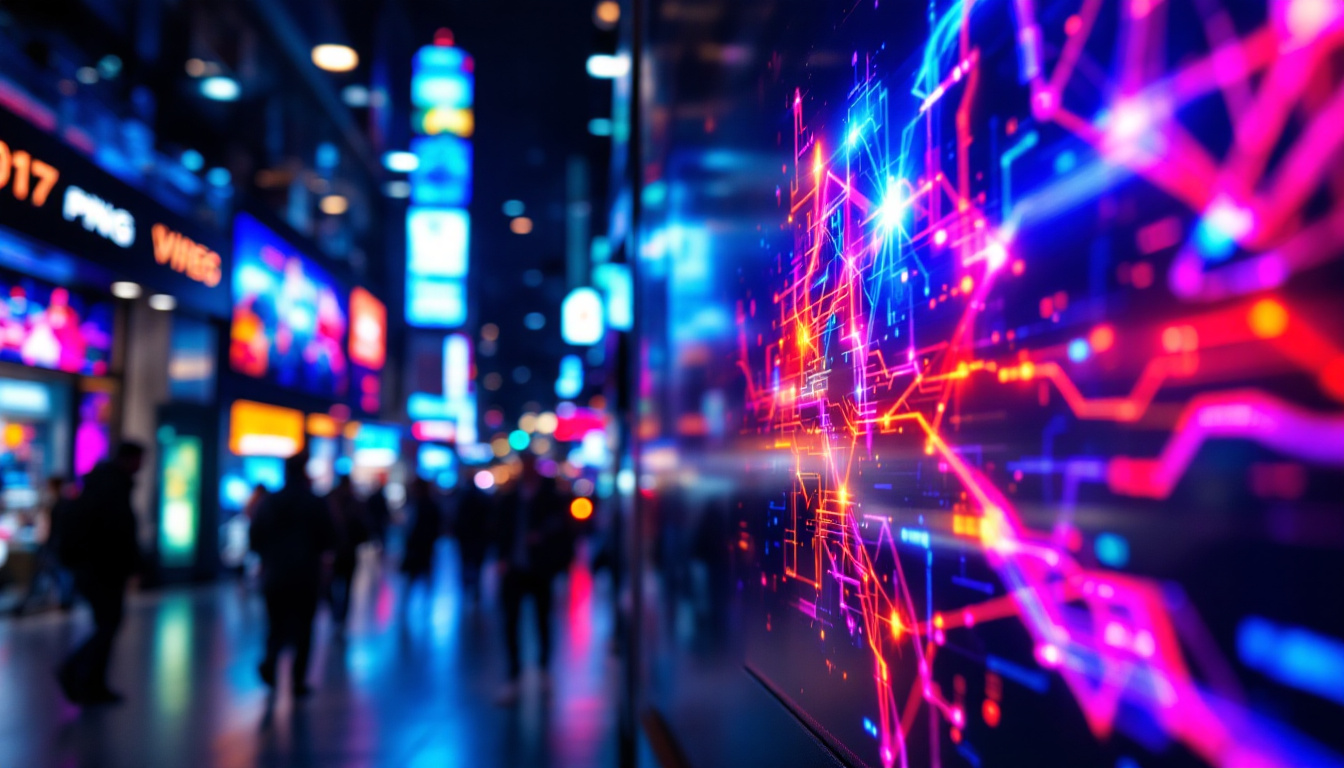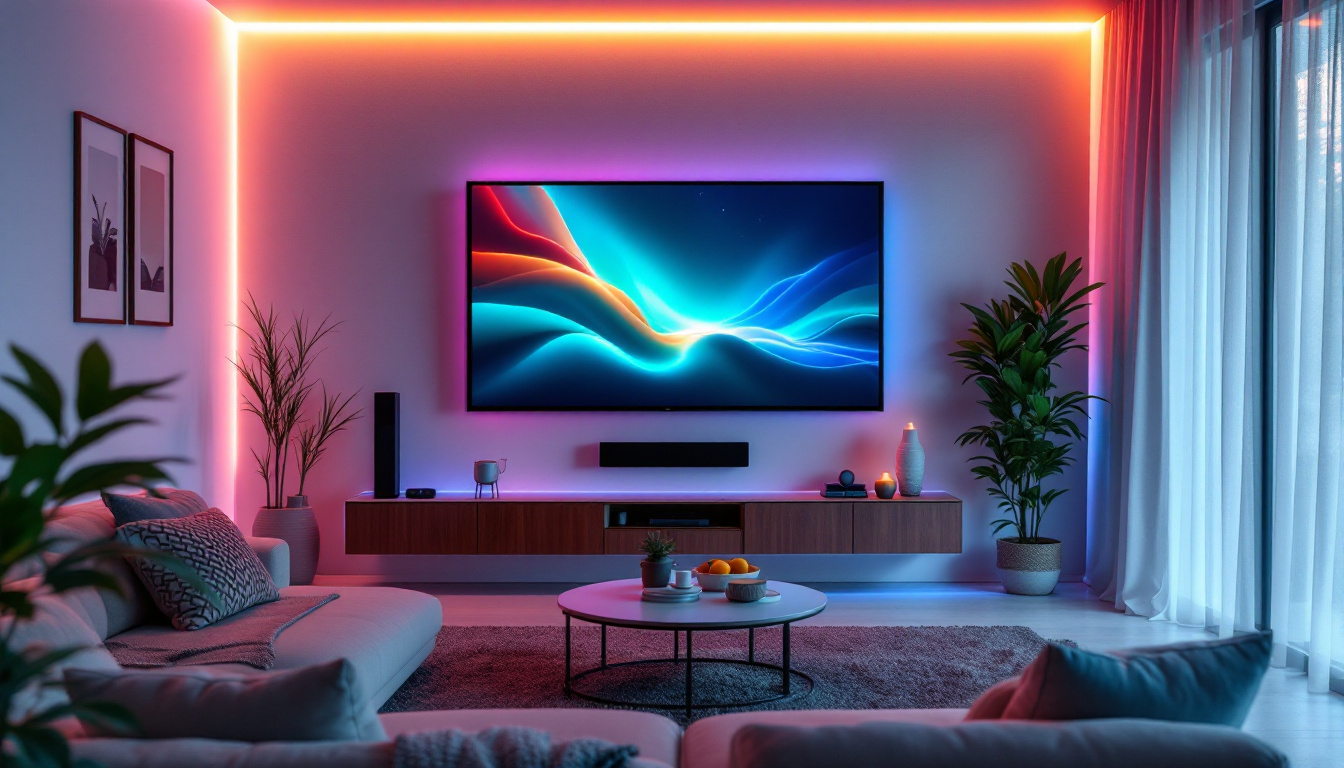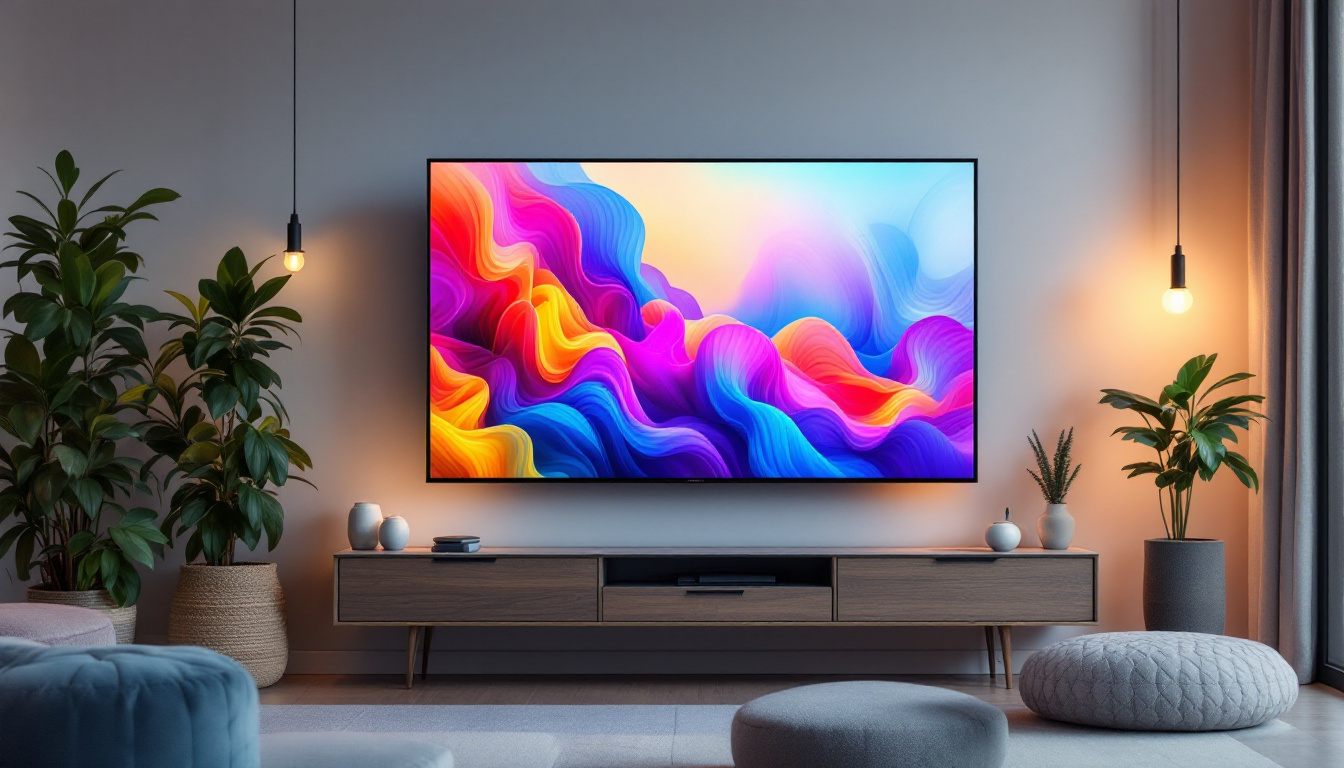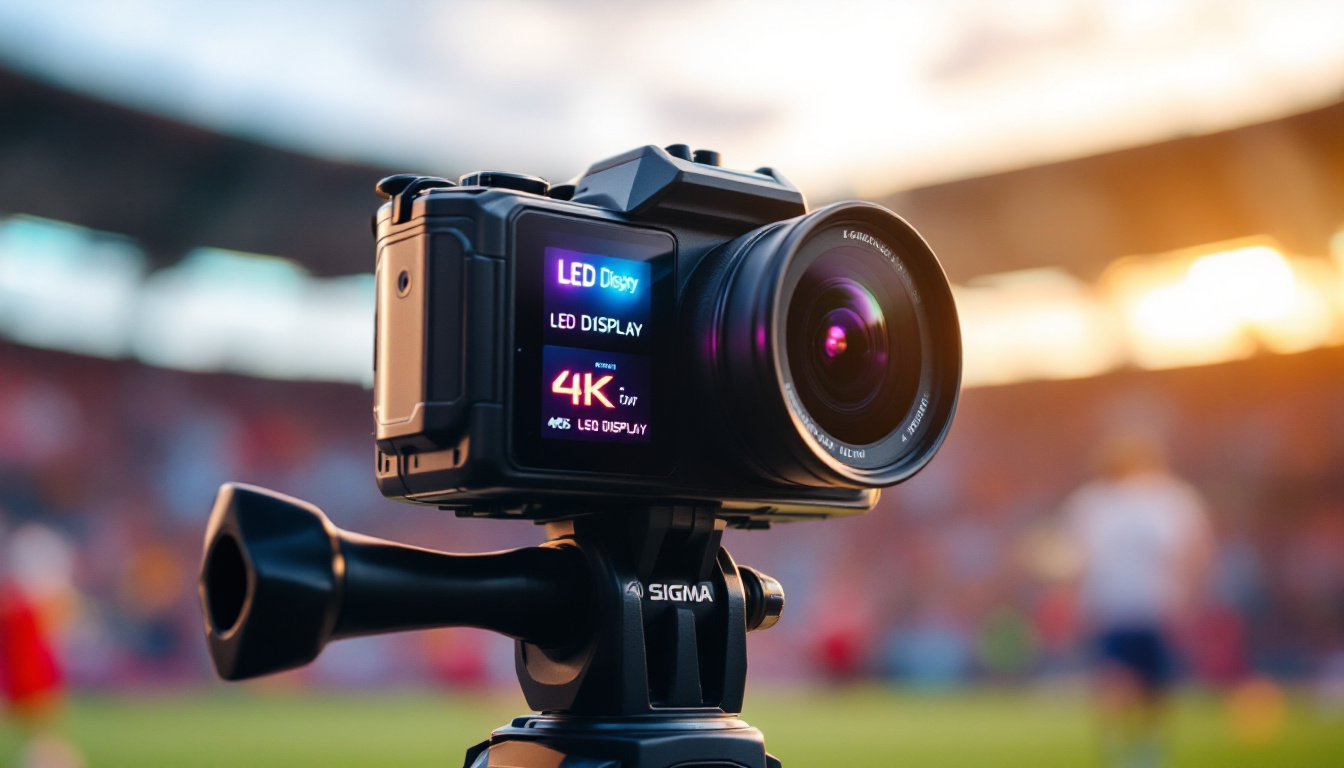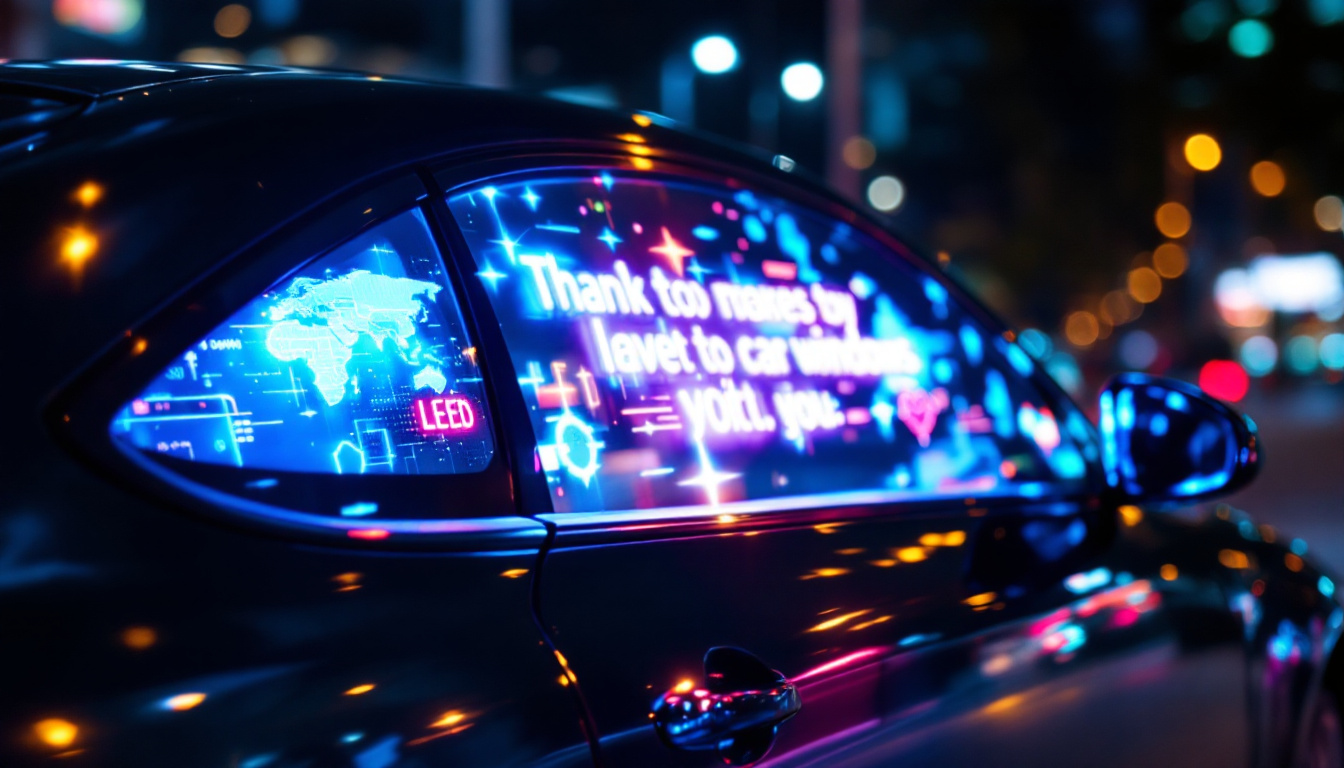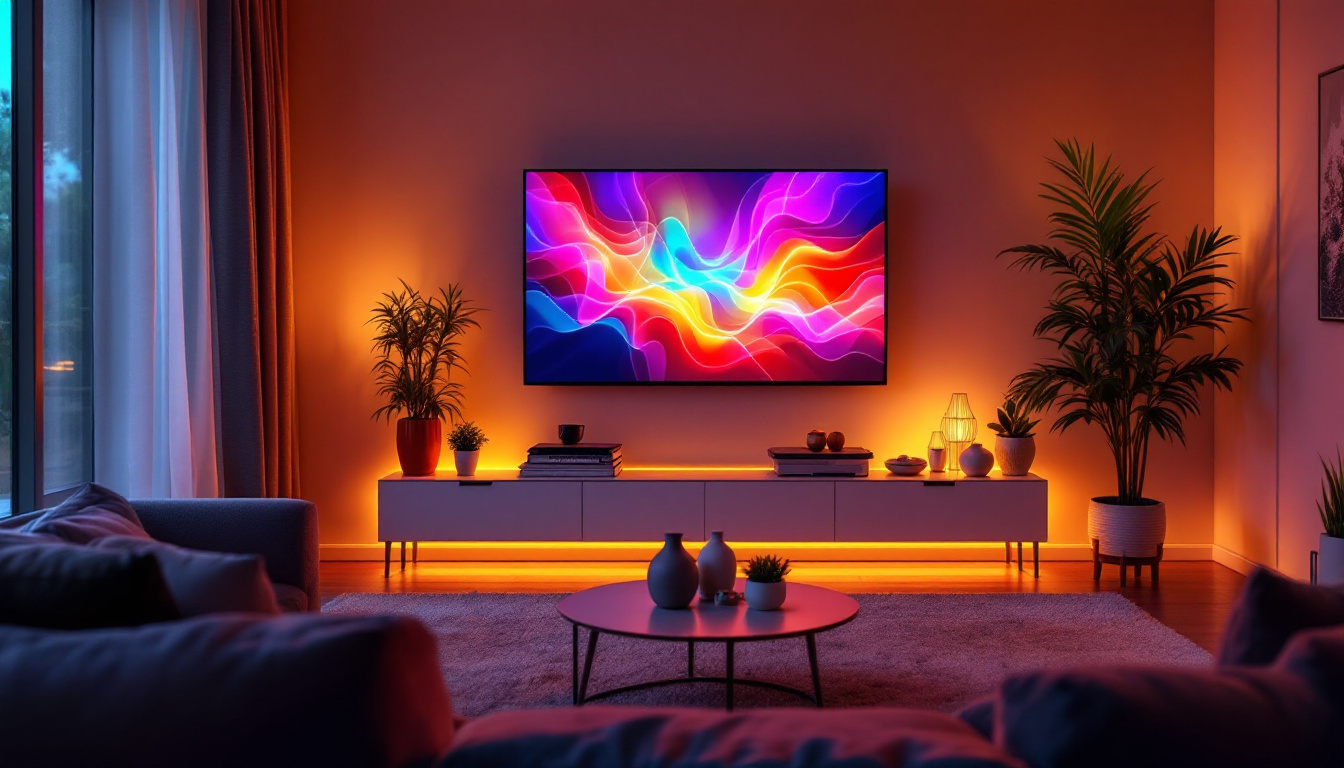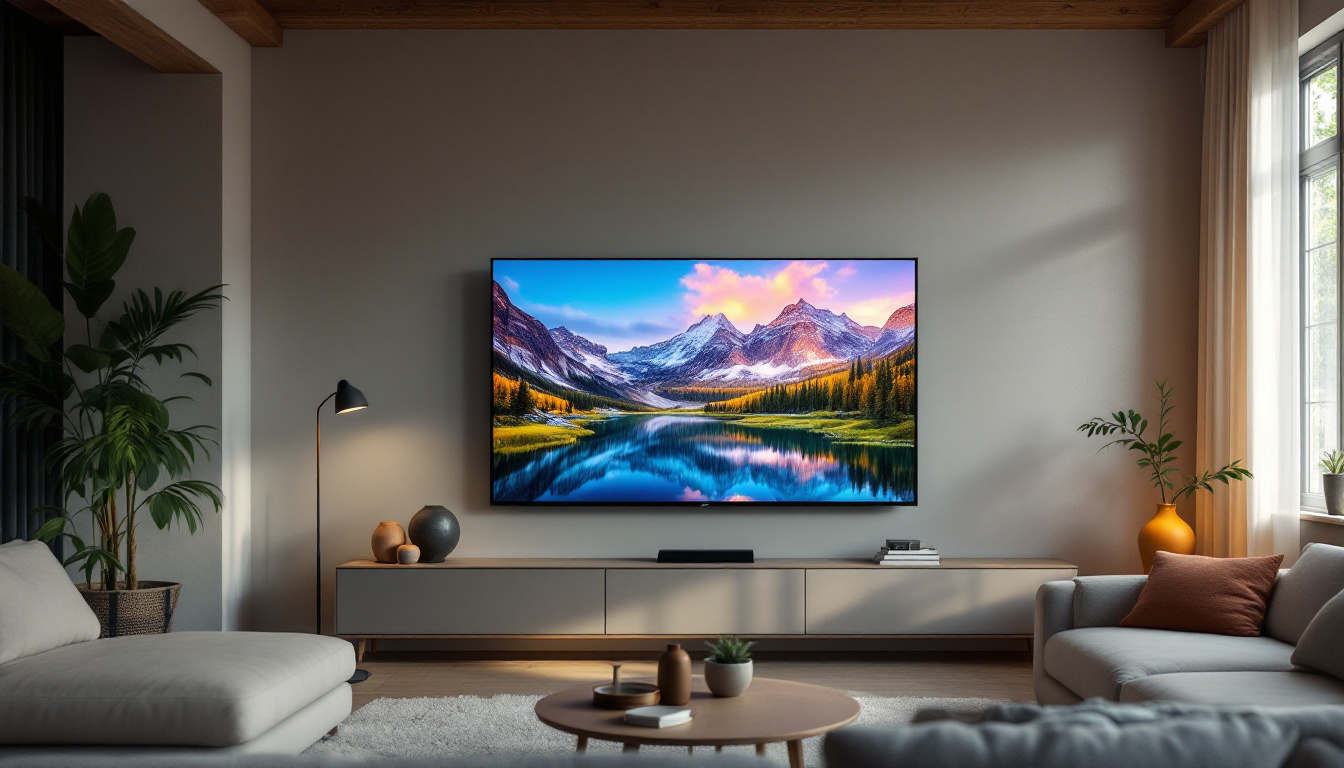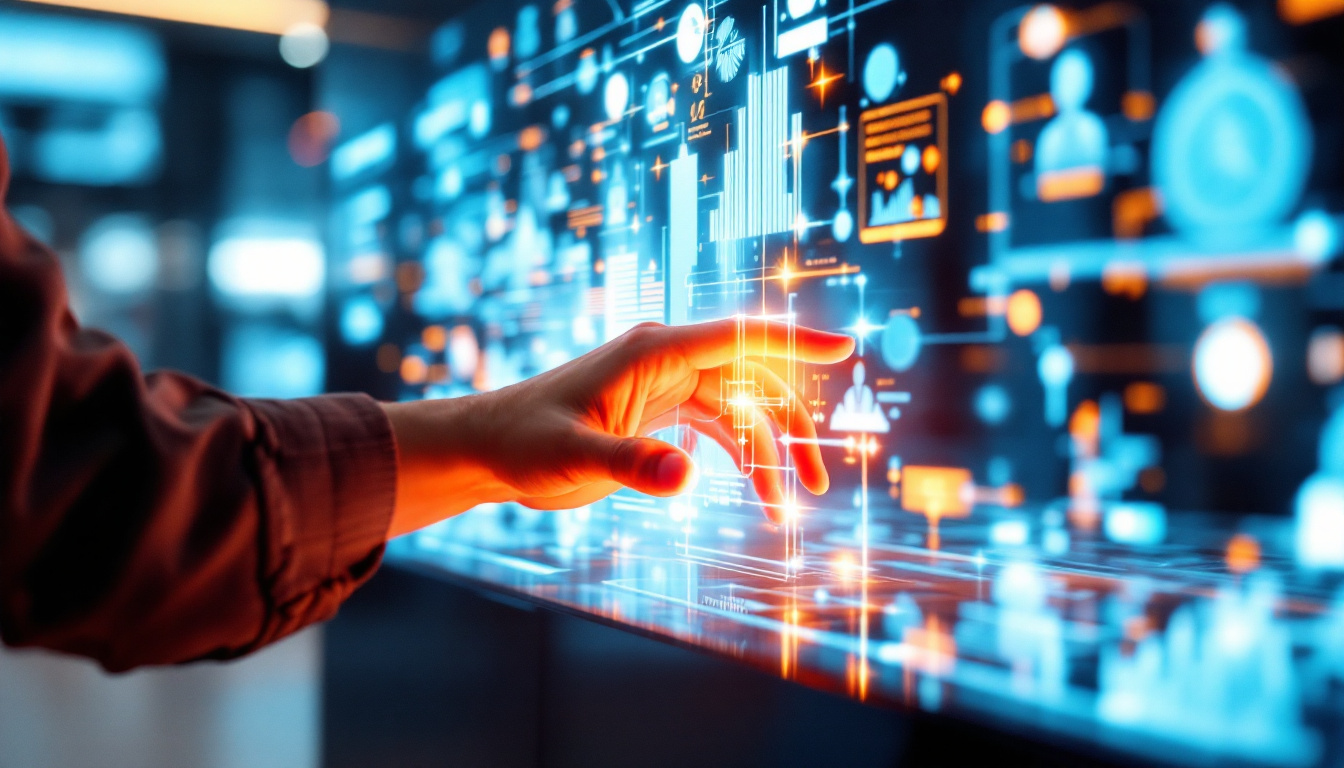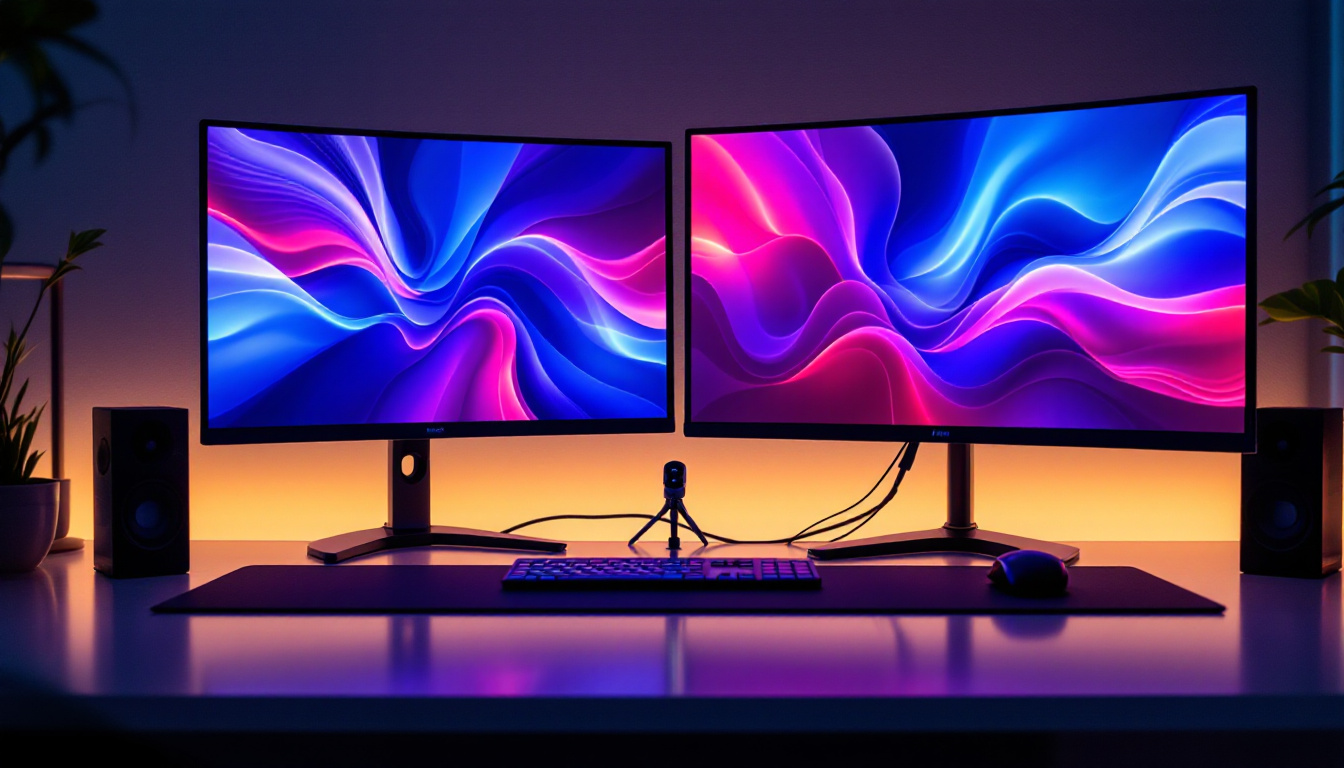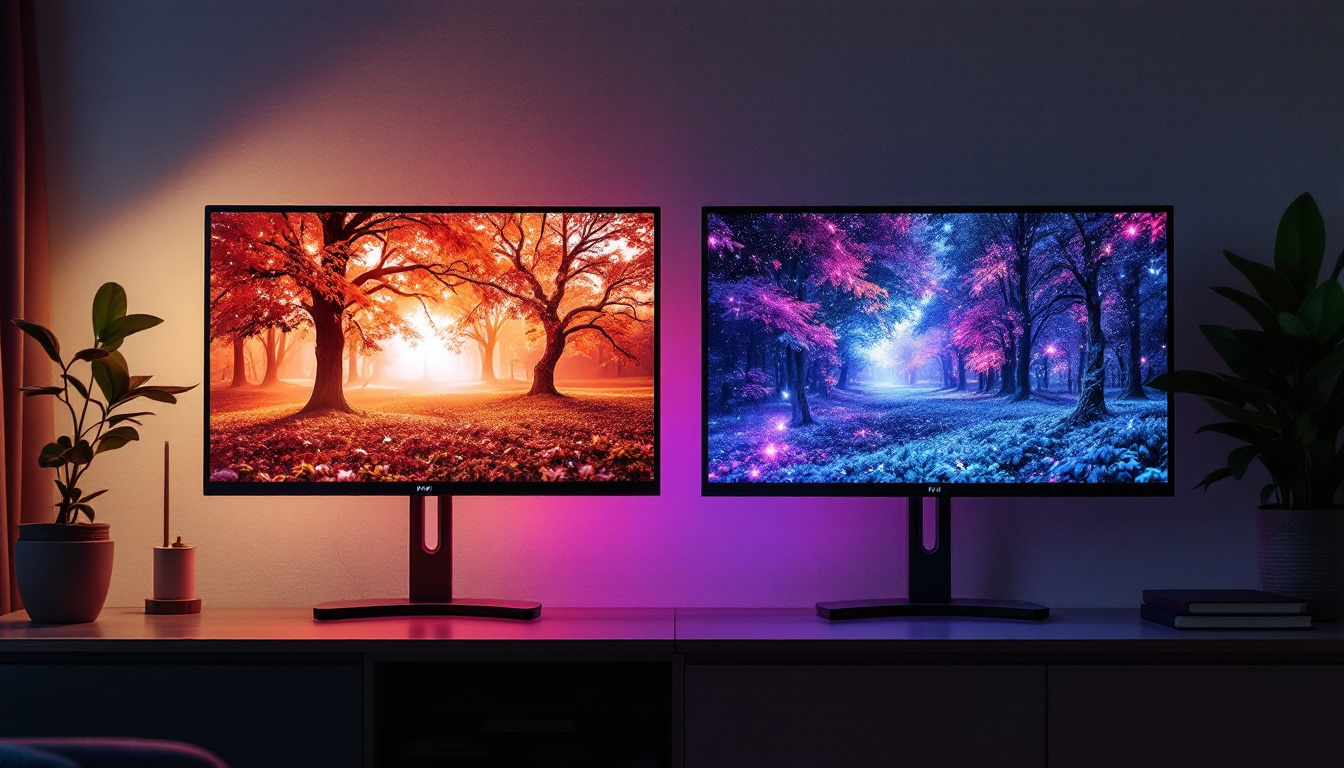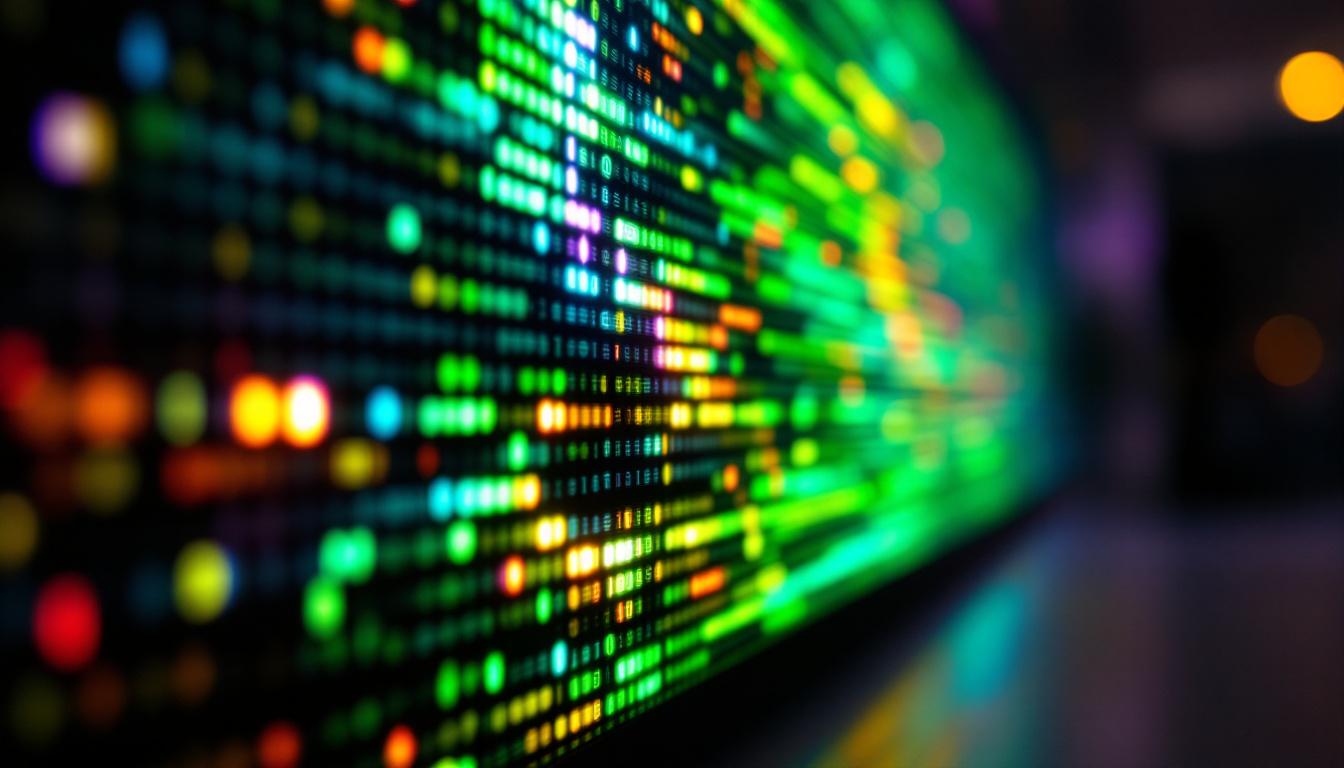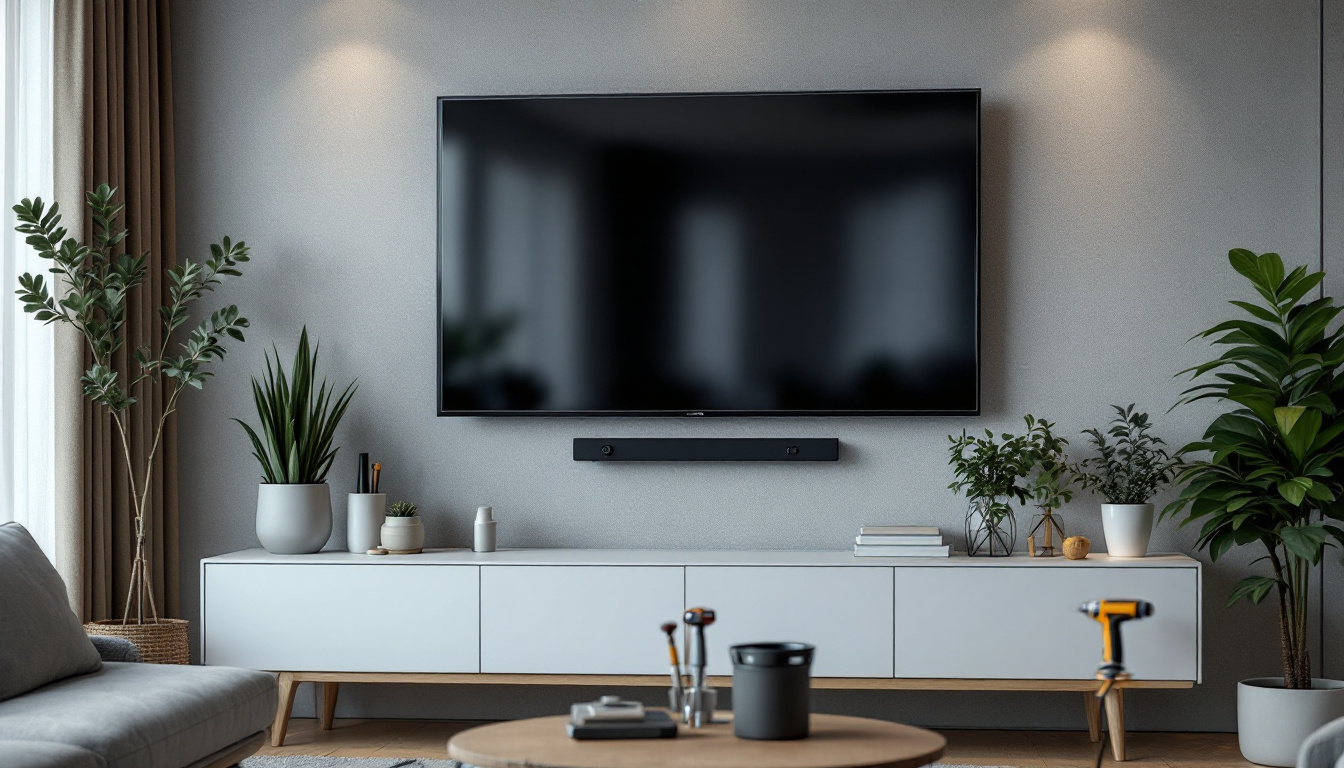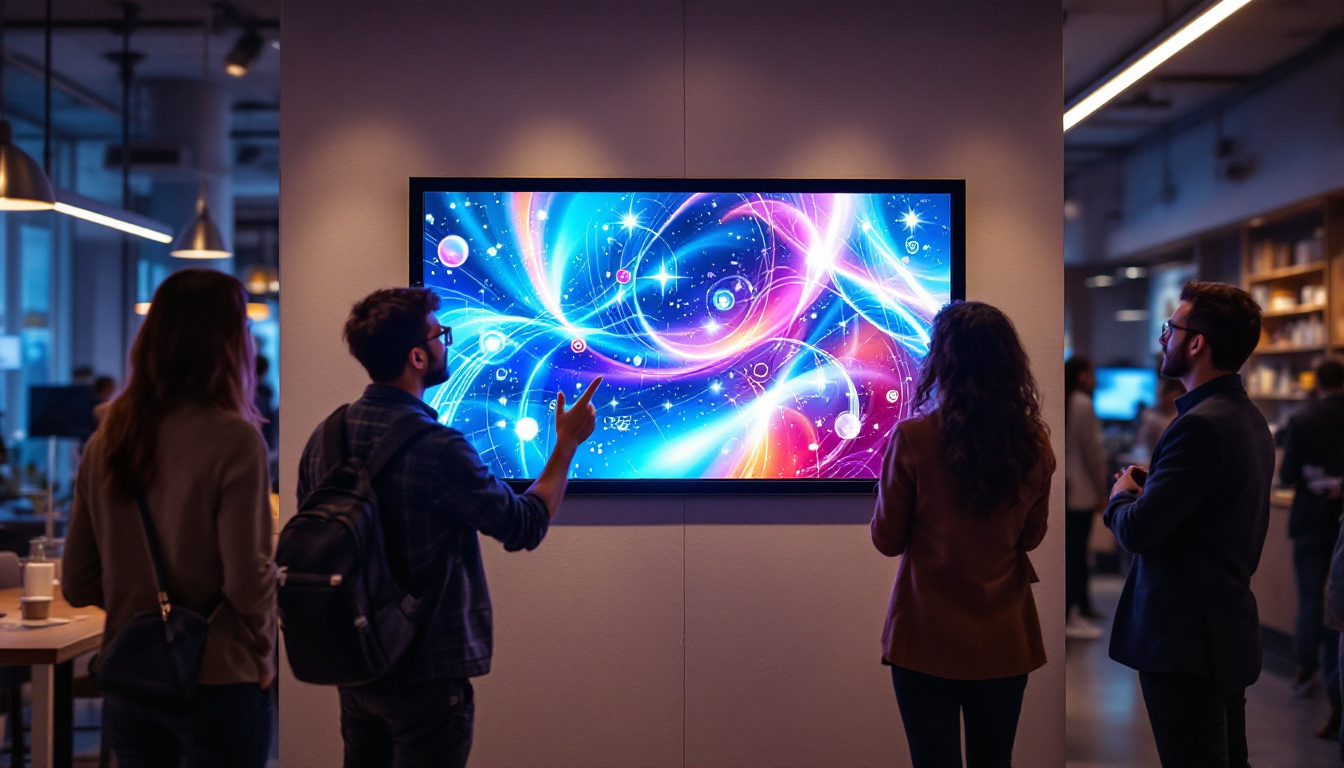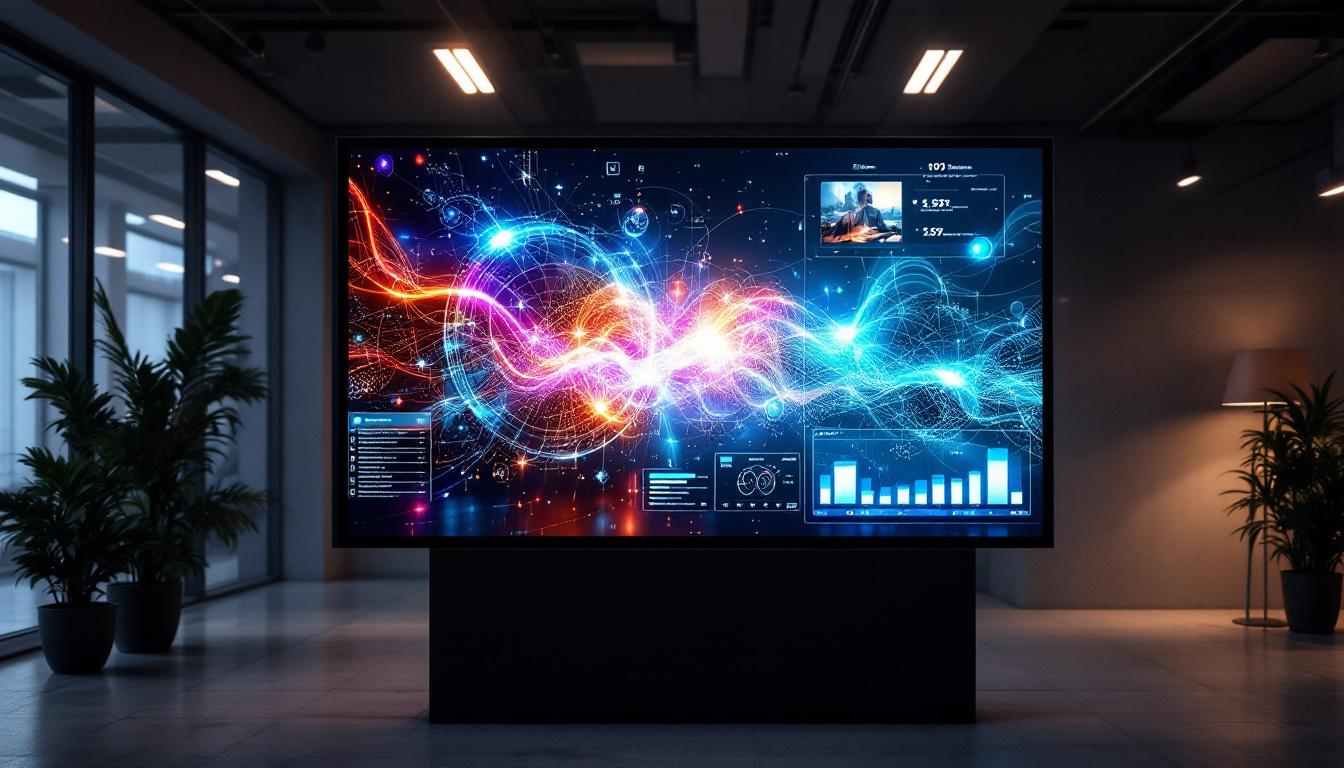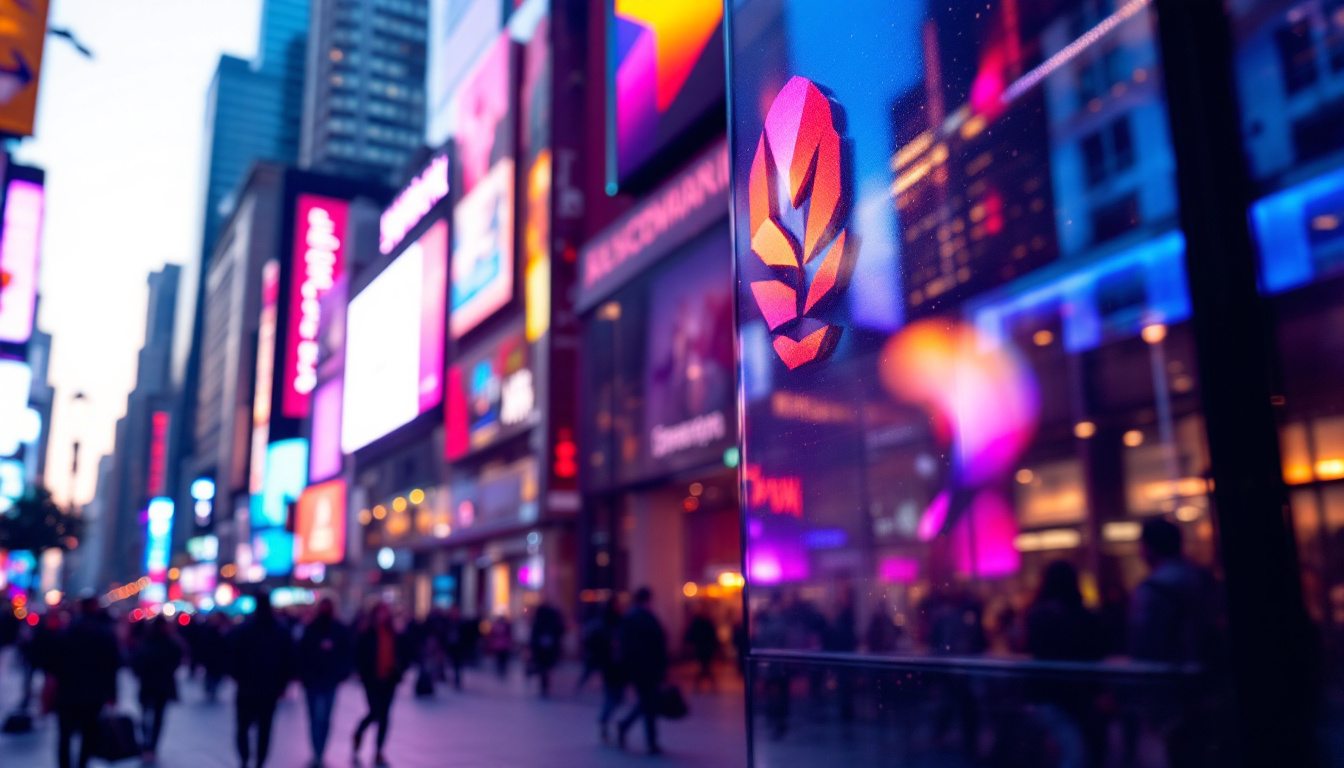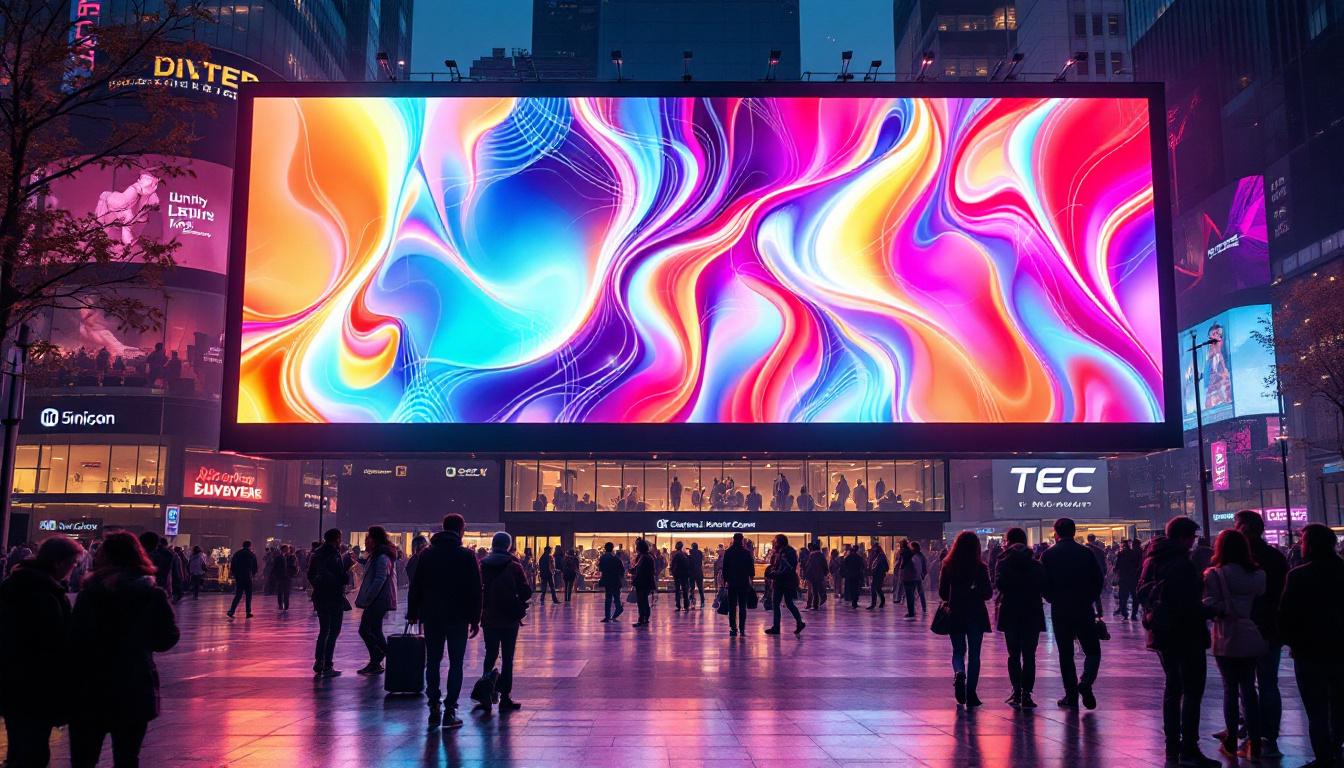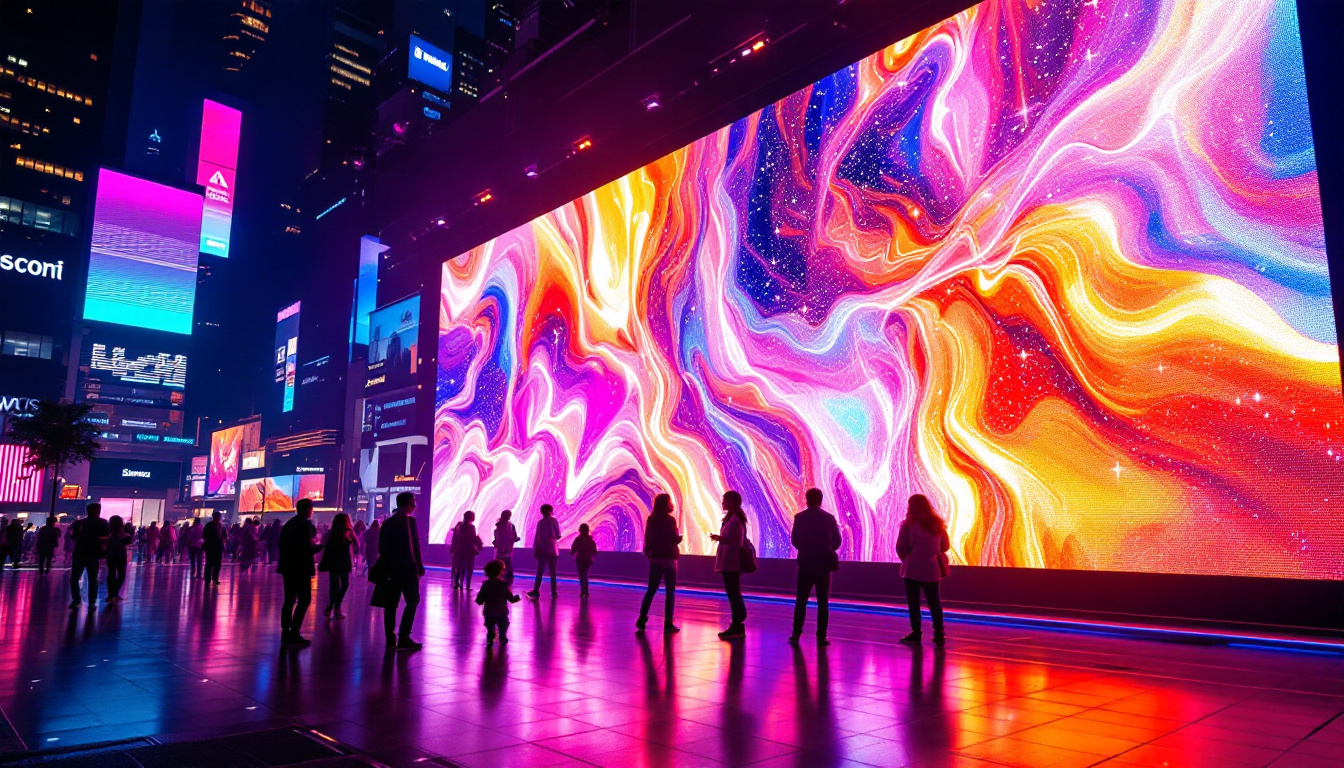LED displays have revolutionized the way information is presented, offering vibrant colors and sharp images that captivate audiences. However, like any technology, they come with their own set of challenges and issues. Understanding these problems is crucial for both consumers and businesses that rely on LED technology for advertising, presentations, and entertainment. This article delves into the common issues faced by LED displays, their causes, and potential solutions.
Understanding LED Technology
Before diving into the issues associated with LED screens, it’s essential to understand how they work. LED, or Light Emitting Diode, displays utilize a series of diodes to emit light, creating images and videos. These displays can be found in various forms, including televisions, billboards, and digital signage.
The Basics of LED Displays
LED displays are composed of tiny pixels, each containing red, green, and blue diodes. By adjusting the intensity of these colors, a wide spectrum of colors can be produced. This technology allows for high brightness levels and energy efficiency, making LED displays a popular choice across different industries.
There are two main types of LED displays: direct view and backlit. Direct view displays use LEDs as the primary light source, while backlit displays use LEDs to illuminate an LCD panel. Each type has its advantages and disadvantages, influencing their performance and susceptibility to issues. For instance, direct view displays tend to offer better contrast ratios and viewing angles, making them ideal for outdoor applications where visibility is crucial, while backlit displays are often more affordable and can provide satisfactory performance for indoor use.
Advantages of LED Technology
LED displays offer several advantages over traditional display technologies. They are known for their energy efficiency, longer lifespan, and superior brightness. Additionally, LED screens are lightweight and can be easily mounted in various environments, making them versatile for different applications.
Moreover, the ability to produce high dynamic range (HDR) content allows for more vivid colors and deeper contrasts, enhancing the viewing experience. These benefits have made LED technology the preferred choice for many businesses and consumers alike. In addition to their visual appeal, LED displays also contribute to sustainability efforts; their lower energy consumption translates to reduced carbon footprints, aligning with the growing demand for eco-friendly solutions in modern technology. Furthermore, advancements in LED technology continue to push the boundaries of what is possible, including innovations like flexible LED screens that can be curved or shaped to fit unique spaces, opening up new avenues for creative design in advertising and entertainment.
Common LED Screen Issues
Despite their numerous advantages, LED displays are not without their problems. Understanding these issues can help in troubleshooting and maintaining the longevity of the screens. Below are some of the most common LED screen issues encountered by users.
1. Dead Pixels
One of the most frustrating issues with LED displays is the occurrence of dead pixels. A dead pixel is a tiny dot on the screen that fails to illuminate, resulting in a black spot amidst the vibrant colors. This problem can be particularly noticeable on high-resolution displays where the pixel density is high.
Dead pixels can be caused by manufacturing defects, physical damage, or electrical issues. While some dead pixels may be repaired through software solutions or pixel-fixing tools, others may require professional repair or replacement of the screen. It’s worth noting that many manufacturers have a specific tolerance for dead pixels, often allowing a certain number before considering the display defective. This can be frustrating for consumers who expect perfection, especially when investing in high-end models.
2. Color Inconsistencies
Color inconsistencies can manifest as uneven brightness or color saturation across the screen. This issue can be particularly problematic in large displays, where uniformity is crucial for a seamless viewing experience. Factors contributing to color inconsistencies include poor calibration, aging components, or environmental conditions.
To address color inconsistencies, regular calibration of the display is essential. Professional calibration services can ensure that the colors are balanced and true to life, enhancing the overall quality of the display. Additionally, users can benefit from utilizing color calibration tools available in software form, which can help adjust settings based on specific lighting conditions in the viewing environment. This proactive approach can significantly improve the visual experience, especially for graphic designers and video editors who rely on accurate color representation.
3. Flickering
Flickering is another common issue that can affect LED displays. This problem can be particularly distracting and may lead to eye strain for viewers. Flickering can occur due to a variety of reasons, including inadequate power supply, faulty cables, or issues with the display’s internal components.
Identifying the root cause of flickering is crucial for resolution. Checking power connections, replacing faulty cables, or consulting with a technician can help eliminate this issue and restore the display’s functionality. Additionally, users should be aware that flickering can sometimes be exacerbated by the refresh rate settings of the display. Ensuring that the refresh rate is set appropriately for both the display and the graphics card can help mitigate this issue. Furthermore, using screens with higher refresh rates can provide a smoother viewing experience, particularly for fast-paced video content or gaming.
Environmental Factors Affecting LED Displays
LED displays are often installed in various environments, each presenting unique challenges. Environmental factors can significantly impact the performance and longevity of LED screens. Understanding these factors is essential for effective maintenance and operation.
Temperature and Humidity
Extreme temperatures and high humidity levels can adversely affect LED displays. Excessive heat can lead to overheating, causing components to fail or degrade over time. Conversely, low temperatures can result in sluggish performance or even complete display failure.
Humidity can also pose a threat, as moisture can infiltrate the display and cause electrical shorts or corrosion. To mitigate these risks, it is advisable to install LED displays in climate-controlled environments whenever possible.
Exposure to Sunlight
For outdoor LED displays, direct exposure to sunlight can lead to several issues, including glare and washed-out colors. High brightness levels are necessary to combat sunlight, but prolonged exposure can also lead to overheating.
Using protective enclosures or selecting displays specifically designed for outdoor use can help minimize these effects. Additionally, ensuring proper ventilation can prevent overheating and maintain optimal performance.
Maintenance Tips for LED Displays
Regular maintenance is key to ensuring the longevity and optimal performance of LED displays. Implementing a routine maintenance schedule can help identify potential issues before they escalate into significant problems.
Regular Cleaning
Dust and debris can accumulate on LED screens, affecting their brightness and clarity. Regular cleaning with appropriate materials is essential for maintaining display quality. It is recommended to use a microfiber cloth and a gentle cleaning solution designed for electronics.
Cleaning should be performed cautiously, ensuring that the display is powered off and unplugged to avoid any electrical hazards. Additionally, avoiding harsh chemicals or abrasive materials is crucial to prevent damage to the screen.
Software Updates
Many LED displays come equipped with software that controls their functionality. Regularly checking for and installing software updates can enhance performance, fix bugs, and improve security. Keeping the software up to date ensures that the display operates smoothly and efficiently.
When to Seek Professional Help
While many LED screen issues can be resolved through simple troubleshooting and maintenance, some problems may require professional intervention. Recognizing when to seek help is vital for preventing further damage.
Identifying Major Issues
If a display exhibits persistent issues, such as widespread flickering, multiple dead pixels, or severe color inconsistencies, it may be time to consult a professional. These problems can indicate underlying hardware failures that require specialized knowledge and tools to diagnose and repair.
Additionally, if the display has suffered physical damage, such as cracks or water exposure, seeking professional assistance is crucial to assess the extent of the damage and determine the best course of action.
Warranty and Support
Many LED displays come with warranties that cover specific issues. If a problem arises, checking the warranty terms can provide guidance on whether repairs or replacements are covered. Contacting the manufacturer or retailer for support can also facilitate the repair process.
Future Trends in LED Technology
As technology continues to evolve, so does the field of LED displays. Emerging trends are shaping the future of this technology, promising enhanced performance and new applications.
MicroLED Technology
MicroLED is an innovative technology that utilizes microscopic LEDs to create displays. This advancement offers several benefits, including improved brightness, contrast, and energy efficiency. MicroLED displays are also modular, allowing for customizable sizes and shapes, making them ideal for various applications.
As MicroLED technology matures, it is expected to address many of the common issues associated with traditional LED displays, providing a more reliable and versatile solution for consumers and businesses alike.
Smart Displays
The integration of smart technology into LED displays is another trend gaining momentum. Smart displays can connect to the internet, enabling remote management, real-time updates, and interactive features. This connectivity enhances user experience and allows for more dynamic content delivery.
As smart technology continues to advance, LED displays will become increasingly intelligent, offering features that cater to specific user needs and preferences.
Conclusion
LED displays have transformed the landscape of visual communication, offering vibrant and efficient solutions for a variety of applications. However, understanding the potential issues associated with these displays is crucial for maintaining their performance and longevity. By recognizing common problems, implementing regular maintenance, and staying informed about emerging trends, users can maximize the benefits of LED technology.
As the industry continues to evolve, staying abreast of advancements will ensure that LED displays remain a reliable and effective choice for years to come. Whether for personal use or business applications, a well-maintained LED display can provide exceptional visual experiences that captivate and engage audiences.
Explore Cutting-Edge LED Display Solutions with LumenMatrix
Ready to elevate your visual communication with the latest in LED technology? LumenMatrix is at the forefront of innovation, offering a diverse range of LED display modules tailored to your needs. From Indoor and Outdoor LED Wall Displays to specialized solutions like Vehicle LED Displays and LED Sports Displays, our mission is to create immersive visual experiences that captivate your audience. Discover how our state-of-the-art LED Poster Displays, Floor LED Displays, Custom LED Displays, All-in-One LED Displays, and LED Transparent Displays can transform your brand’s visibility. Check out LumenMatrix LED Display Solutions today and join the revolution in visual communication.

